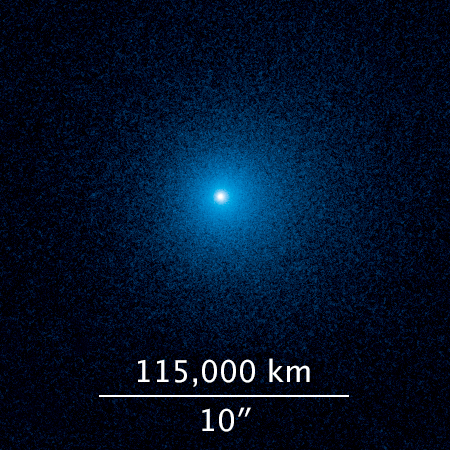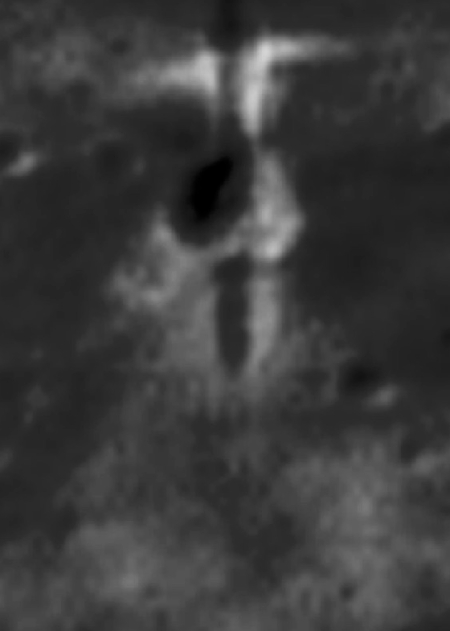Astronomers find Kuiper Belt-like ring around Proxima Centauri
Worlds without end: Astronomers have found a dusty ring 1 to 4 astronomical units from the nearest star, Proxima Centauri.
Because Proxima Centauri is a smaller, dimmer star, its system is more compact. Proxima b [the star’s known exoplanet] circles the star at 0.05 astronomical units (a.u., the average distance between Earth and the Sun) — for reference, Mercury orbits the Sun at 0.39 a.u. The dusty ring lies well beyond that, extending from 1 to 4 a.u.
The Proxima ring is similar in some ways to the Kuiper Belt, a cold, dusty belt in the far reaches of our solar system (beyond 40 a.u.) that contains a fraction of Earth’s mass. While the Kuiper belt is well known for larger members such as Pluto and Eris, it also contains fine grains, ground down through collisions over billions of years. The dust ALMA observed around Proxima Centauri is composed of similar small grains. The average temperature and total mass of the Proxima ring is also about the same as our Kuiper Belt.
Because the ring here much closer to the star than our Kuiper Belt, the material is much more densely packed. Moreover, the presence of both a ring and an exoplanet suggests more planets might remain undiscovered there, increasing the chances that this star could have a solar system very worthwhile exploring.
Worlds without end: Astronomers have found a dusty ring 1 to 4 astronomical units from the nearest star, Proxima Centauri.
Because Proxima Centauri is a smaller, dimmer star, its system is more compact. Proxima b [the star’s known exoplanet] circles the star at 0.05 astronomical units (a.u., the average distance between Earth and the Sun) — for reference, Mercury orbits the Sun at 0.39 a.u. The dusty ring lies well beyond that, extending from 1 to 4 a.u.
The Proxima ring is similar in some ways to the Kuiper Belt, a cold, dusty belt in the far reaches of our solar system (beyond 40 a.u.) that contains a fraction of Earth’s mass. While the Kuiper belt is well known for larger members such as Pluto and Eris, it also contains fine grains, ground down through collisions over billions of years. The dust ALMA observed around Proxima Centauri is composed of similar small grains. The average temperature and total mass of the Proxima ring is also about the same as our Kuiper Belt.
Because the ring here much closer to the star than our Kuiper Belt, the material is much more densely packed. Moreover, the presence of both a ring and an exoplanet suggests more planets might remain undiscovered there, increasing the chances that this star could have a solar system very worthwhile exploring.


